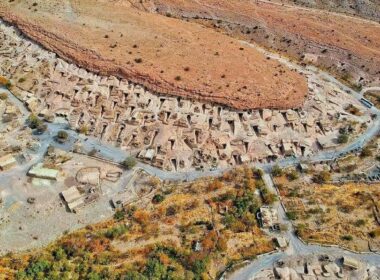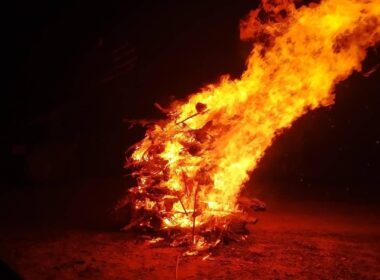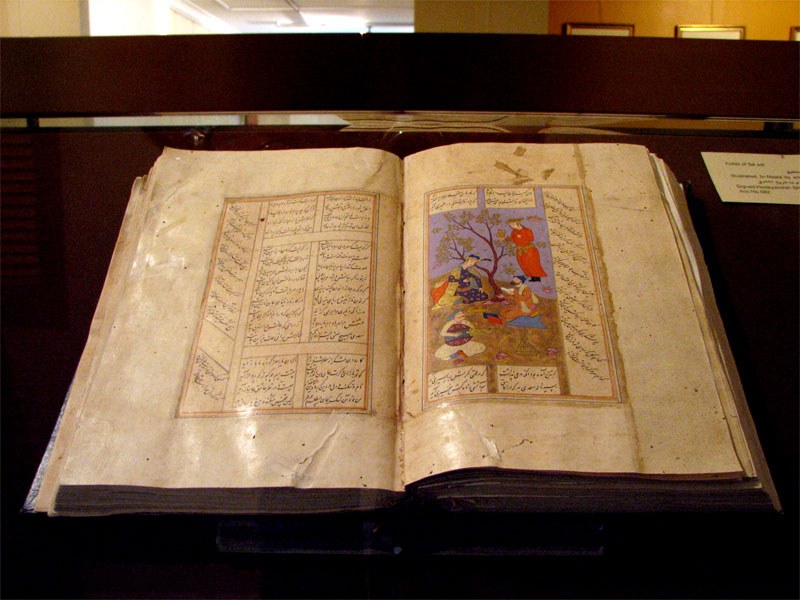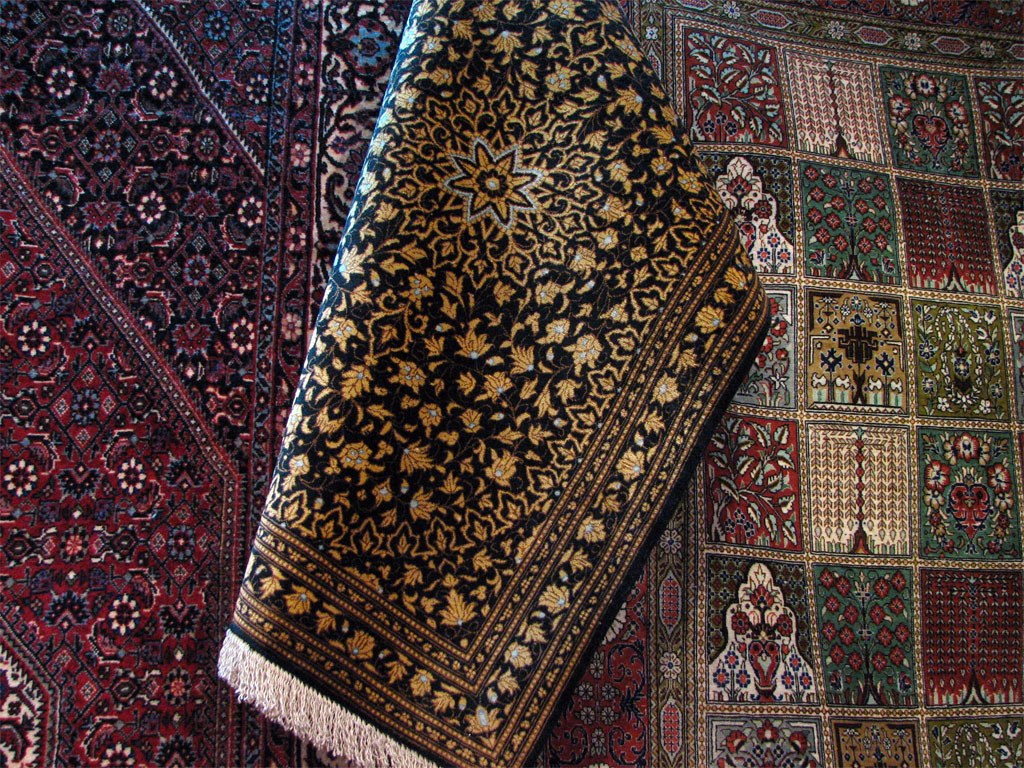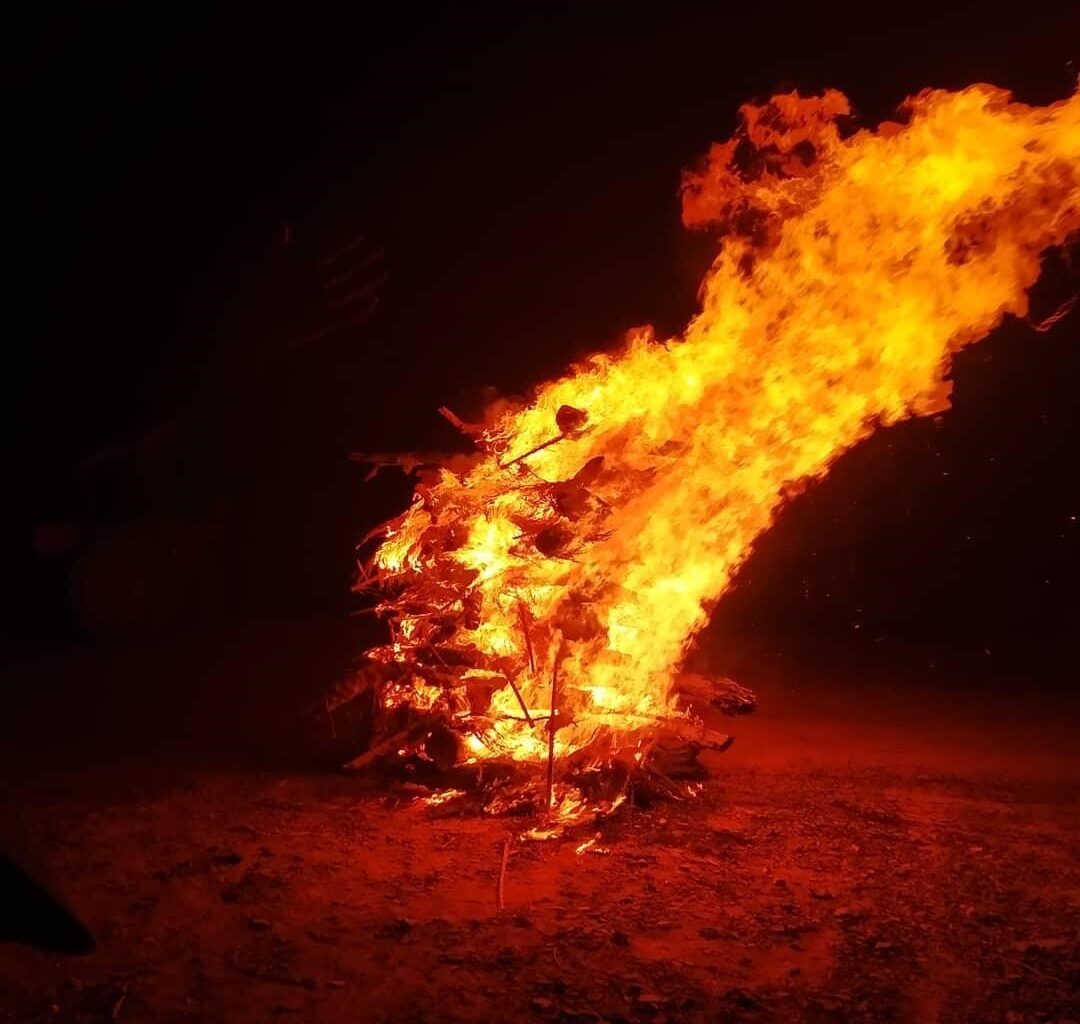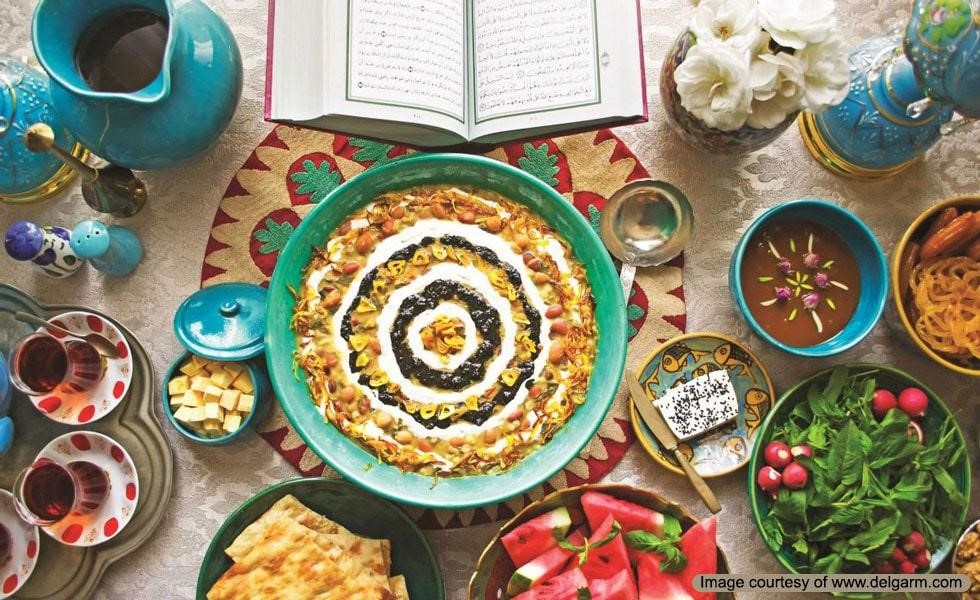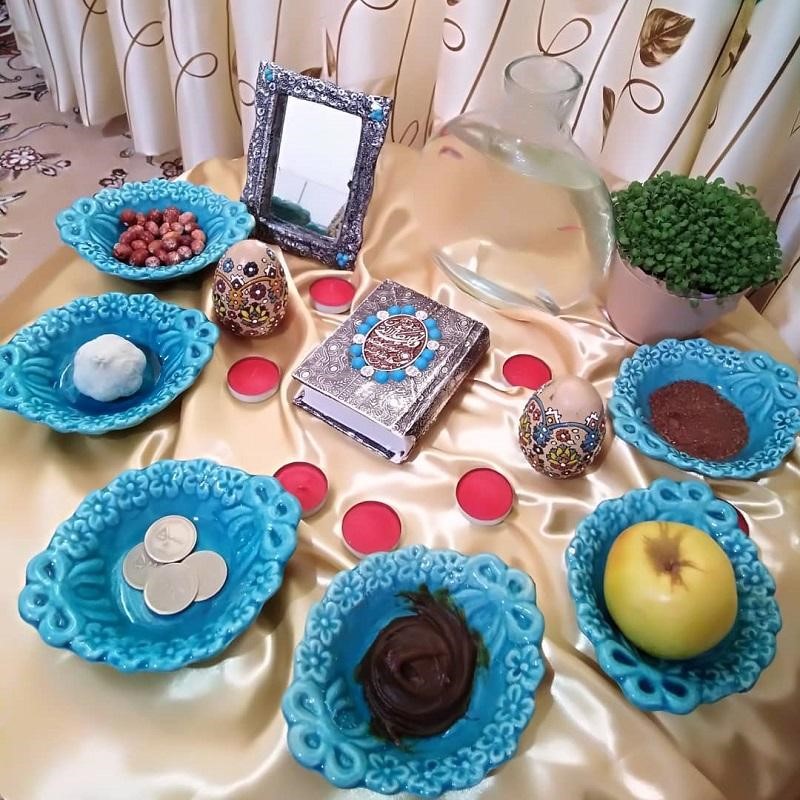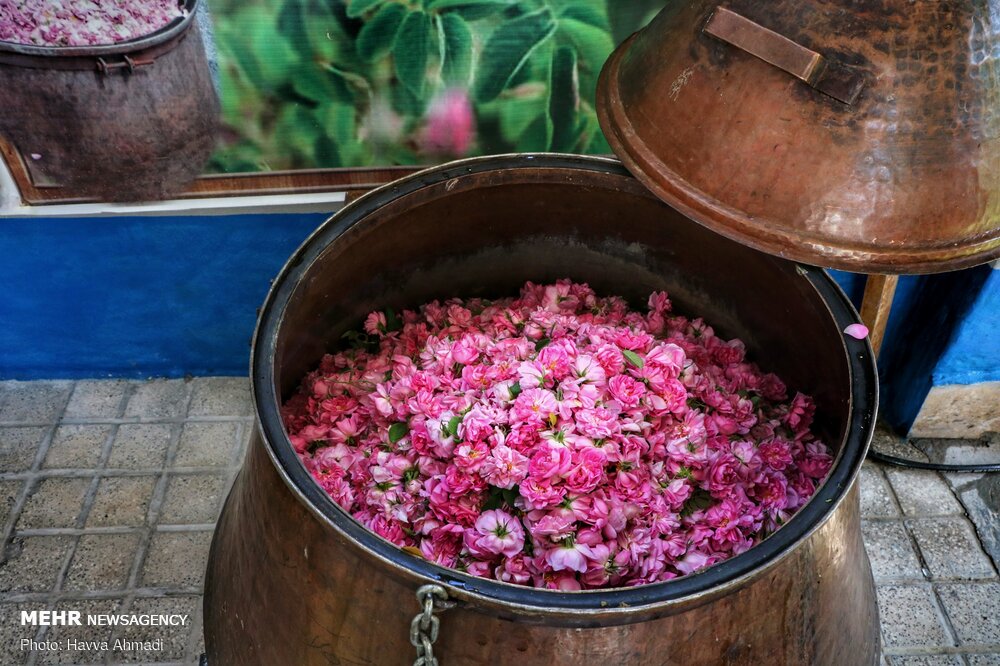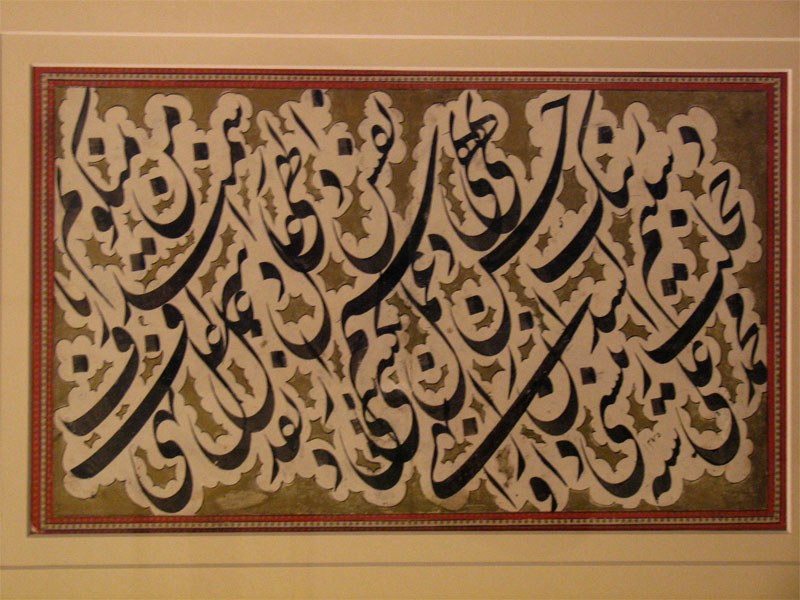
Calligraphy in Iran has gone through lots of developments. In fact, calligraphy is one of the most eye-catching and fascinating manifestations of Iranian culture in the post-Islam period. The holy book of Muslims, Koran, has constantly confirmed the importance of writing.
According to this book, the eternally protected word must be respected because it expresses the destiny of all creatures from the beginning of time until the end.
Each one of human deeds is written on the pages of a book that will be opened after this life. Some code words were written in Koran as well. So, calligraphers have always been encouraged by the divine confirmation of their art.
Iran has played the most significant role in the evolution of calligraphy. A national feature of Iranian Muslims has been known as perseverance in learning to write beautifully. To Iranians, it meant the manifesting point of human spirituality where pure writing was regarded as originating from a pure heart.
The Evolution of Calligraphy in Iran
According to traditions, Ali-ibn-e-Abitaleb, the first Imam of Shiites who was living in Kufa, had his particular writing style. In the post-Islam period, this art began by imitating his handwriting. The peculiar style depicted was known as Kufic, a name attributing it to its region of origin. This script became the dominant style used in the Islamic world.
In less than 400 years, an Iranian dynasty called Samanids introduced a newly distinguished style of Kufic called Qarmatian script. Floral designs, decorative scrolls and other decorations characterized this style. The script in question inspired some of the inscriptions in architecture. Of course, this should be mentioned that the evolution of calligraphy in Iran and its environs are indebted to splendid inscriptions on the buildings.
Innumerable Iranian buildings were embellished by inscriptions in different styles. They are various Kufic, Thulth and Naskh scripts decorated differently in very beautiful manners.
On the other hand, some of the best instances of calligraphy in Iran can be found on pottery, metalwork and even silk or velvet cloths. The very first calligraphic styles were worked out on silver and gold coins as well as agate seals. They were plane and floriated Kufic.
During the last Ghaznavid kings, an Iran-loving movement was being reflected in some Persian inscriptions at the rhythm of Ferdosy’s Shahnameh in Ghazni.
Role of Iranian Masters of Calligraphy
During different stages of history, there have been some masters of calligraphy in Iran who have helped a lot with the evolution of this art. In the 10th century, a Shirazy master created six different distinguished styles in Kufic script.
At about 100 years later, teaching regulations, word proportions, and letter limits were set and Reyhan script was improved by another Iranian calligrapher. A third one, a master in Thulth and Naskh trained famous students one of whom, for example, decorated lots of buildings in Iraq with his inscriptions. This artist has written 33 copies of Koran during the 13th and 14th centuries that are now displayed in Iranian and European museums.
Tamurlane’s grandchildren were promoting this art too. One of the most spectacular tasks done by one of them was to write a unique 65cm x 54cm Koran in gilded letters. The Timurid court was a patron of calligraphy in other non-religious books like Shahnameh. The famous Baysonqory Shahnameh was handwritten in Herat during the same era. Herat’s court also had some other calligraphers whose works can still be visited either as books or as inscriptions.
During the same period, another particular style emerged in Iran called Taaliq (meaning suspending). Then Nastaaliq style was evolved as a result of mixing Naskh with Taaliq style. The innovator of this style was competed and even rejected by some other artists, but the style survived and evolved.
It is important to know that many artists had no choice but to serve the court of their time. Some of them had expressed that calligraphy in Iran had been a state of being forced to such destiny as an artist.
Later in the Timurid period, many calligraphers left Herat for Tabriz, Qazvin, and Esfehan. This migration resulted in most of Safavid kings’ interest in this art. Mir Emad-e-Qazviny, the most famous master of Nastaaliq, created some works of art like Ferdosy’s Shahnameh and Jamy’s poems in calligraphic manuscripts during the Safavid era.
The Iranian style of Nastaliq found many enthusiasts in Iran and the countries under Iranian cultural influence like Turkey and India. Later, a new style was derived from Nastaaliq called Shekasteh (meaning broken). It gained great popularity in India. The pure and ambiguity-arousing aesthetic features of this graphic-like style catch the eyes so profoundly that cause a lot of appreciations.
Also, there are some other styles which look more decorative. For instance, some artists wrote religious words and similar subjects in the form of lions, horses, birds, humans, etc in Thulth script.
Other Innovative Steps in Iranian Caligraphy
In the 16th century, a new branch in calligraphy emerged in Iran called “decoupe work”, the ultimate form of which was a combination of calligraphy, gilding paper, marginal decorations, and annexations. Adding decorations like the miniature, floral designs and arabesque to calligraphic styles like Naskh and Nastaliq created a new style called Golzar (meaning flower garden).
“Mosavvadeh” (meaning draft writing) together with several other similar branches were created out of the innovative mixture of words, motifs, and styles. Even artists went much further to implement calligraphy on the surfaces of coins, seals, silk, and the panels of inscriptions on carpets.
It should be pointed out that calligraphy in Iran has been an active life-giving factor in Islamic culture, especially in Persian poetry and literature. This traditional art has survived in Iran and other Iranian culture-influenced countries.
There are still some top Iranian calligraphers creating innovative styles or branches of this art. Their works have stepped beyond the traditions and attracted the attention of all visitors, both those who can read them and those who cannot.


